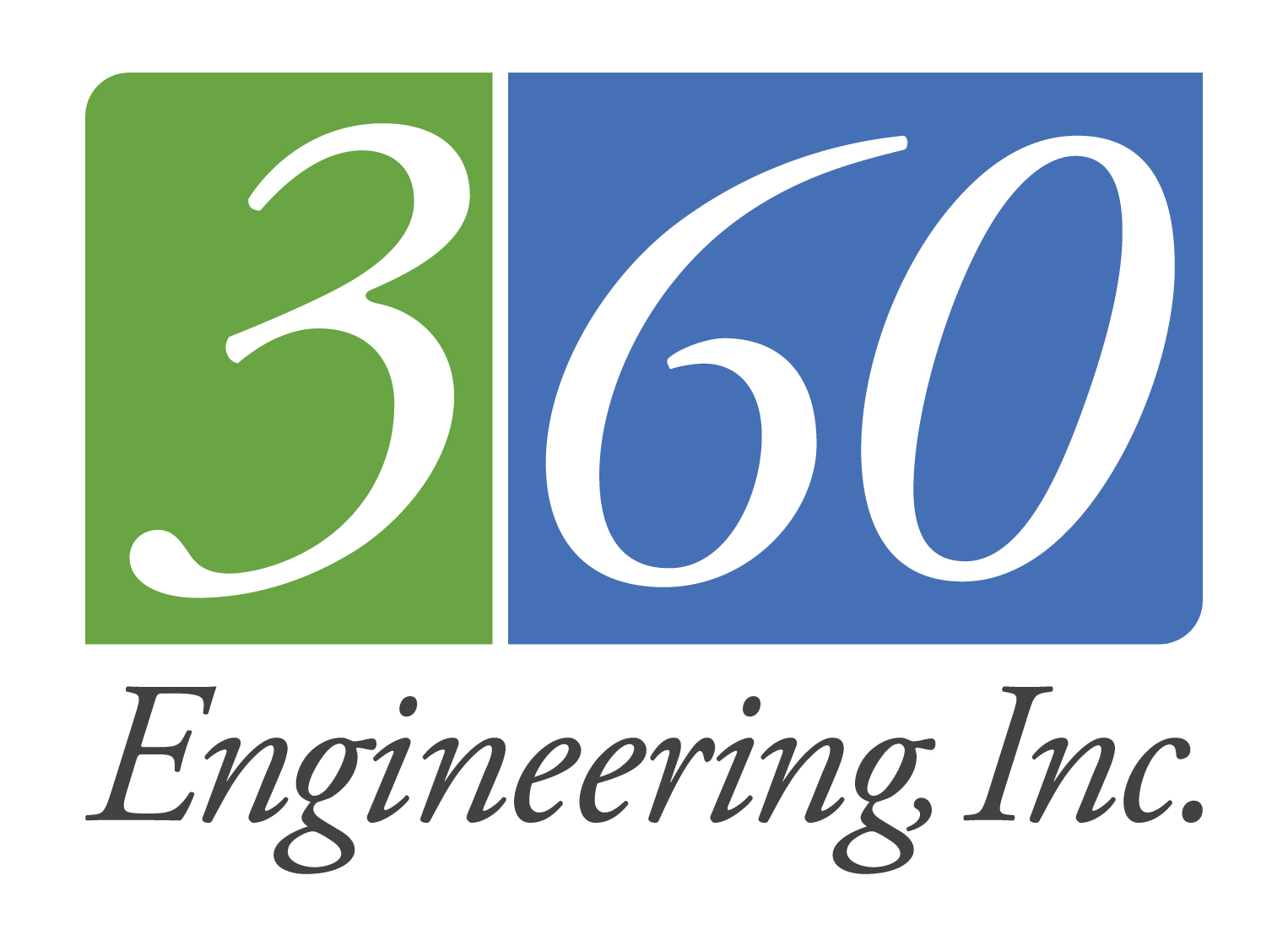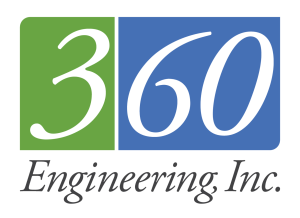Our projects with the National Park Service take us to some pretty cool places…this is not one of them. Death Valley National Park (DEVA) holds the record for the highest recorded temperature on the face of our planet, at over 130°F! As you might imagine, it takes a lot to keep buildings comfortable in a climate like that. 360 is currently wrapping up a project in DEVA, specifically at Scotty’s Castle, where the design team replaced an outdated water source heat pump system with a full water-cooled chiller plant and hydronic boiler system. The team utilized a former stable building as a mechanical room to house boilers and chillers and routed buried piping hundreds of yards to the castle itself in tunnels built by Scotty nearly 100 years ago. The system utilizes a closed-loop cooling tower to minimize water loss while still taking advantage of the dry air’s low wet bulb temperature to reject heat from inside the castle to the ambient air far away from the building.

All in all, a well-thought-out and resilient system that will provide effective and reliable cooling and heating (it does get cold in Death Valley sometimes!) for years to come, making the visitor (and Park staff) experience more enjoyable and sustainable. But the best system design can be crippled if the systems are not properly started up, tested, and deficiencies corrected before the building occupants move in—in other words, commissioning! The certified Commissioning Authorities (CxAs) at both 3601 and AE Design teamed up to visit the site, observe the system installations, and put the equipment through its paces to make sure everything is installed and operating as intended by the design team.

The commissioning process began with a review of the construction documents as well as equipment submittals in order to familiarize ourselves with the systems being installed and the design intent for their function and operation. From there, we developed both pre-functional checklists (PFCs) and functional performance test protocols (FPTs). The PFCs are filled out by the installing contractor and serve as a quality control and assurance check to ensure systems have been provided and built with all necessary components for operation and are ready to be tested against the design intent and sequences of operation. Once the contractor confirms systems are ready for functional testing via the PFCs, the commissioning (Cx) team books a flight and heads to the site for testing.
We check every system visually to confirm that systems and equipment match what was submitted and approved by the design team and that installed layouts match the design intent in the construction documents. We then work with the mechanical and controls contractors to test the systems using the FPT protocols previously developed. These tests include various modes of operation, such as typical occupied/unoccupied operations, generating false heating/cooling loads to make sure the boilers, chillers, various pumps, and valves all react as intended, and even simulating failure modes to make sure that redundant systems come online when needed and equipment is properly protected in the event of a real equipment or system failure in the future. The Cx team documents the installed conditions and the results of the various tests and provides a log of deficiencies to be addressed before final handover of the project to the owner. As needed, the Cx team makes additional site visits to follow up on deficiencies and make sure all systems have been observed as fully operational before issuing the final Commissioning Report.
Commissioning is a vital process, particularly for complex projects and systems. The fact that our team made several trips to the site in order to complete all the testing and re-testing of systems to ensure everything is operating per the design intent and owner’s project requirements illustrates two key concepts. First, that commissioning is critical for the success of a project, as the list of deficiencies and the need for multiple trips to close out those issues clearly shows—rarely is everything installed and operating 100% correctly the first time it’s put to the test! Second, 360 and AE Design are committed to ensuring that the systems turned over to the owner are fully functional and will serve the building occupants well for years to come. It helps that we get to visit some pretty cool places—even if they’re actually rather hot!


Interested in learning more about Scotty’s Castle? You should be! Check out the links below.2,3
1Wondering how 360 can be the designer and the CxA at the same time? We maintain objectivity by keeping the CxA completely uninvolved with the design team throughout the design process. Our CxAs work for the owner, either contracted directly or under the general contractor and are accountable to only them. While we obviously work together with the design team through the commissioning process, our CxAs always pursue the goal of helping the whole team achieve the owner’s project requirements and are not afraid to challenge the contractor or the design team when needed to attain that goal.
2https://www.nps.gov/deva/learn/historyculture/building-scottys-castle.htm

